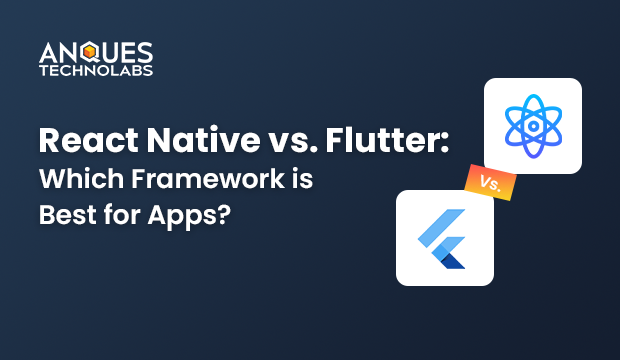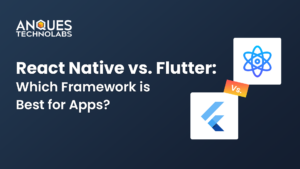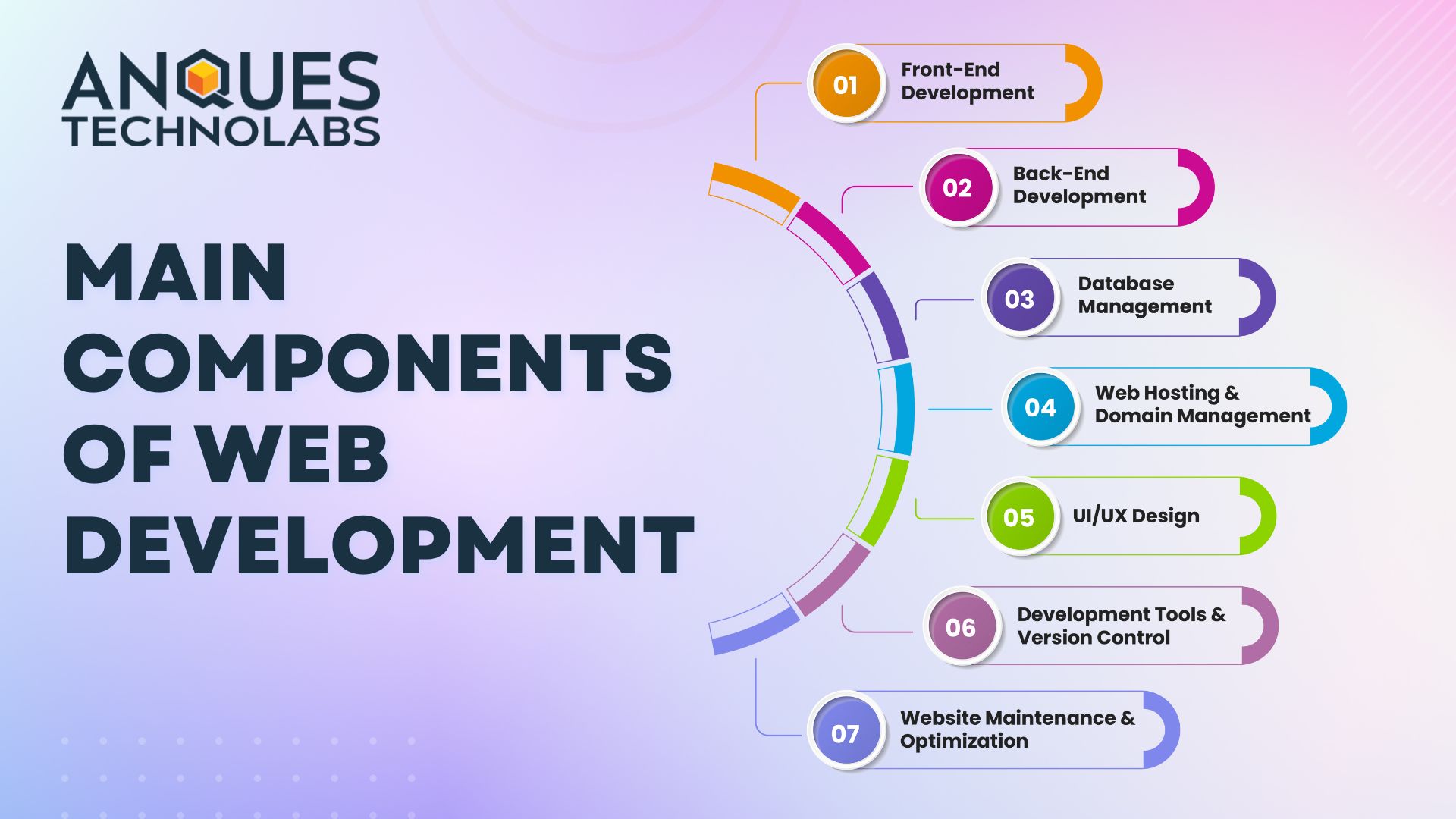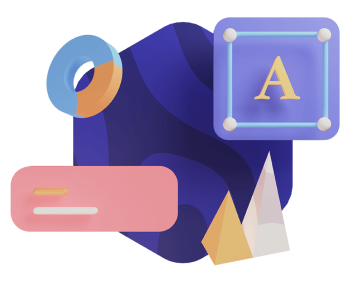In the ever-evolving world of mobile app development, choosing the right framework can significantly influence the success of your project. Today, we explore React Native and Flutter, two leading frameworks that have garnered attention for their capabilities in building robust, high-performance applications. Understanding their strengths, weaknesses, and ideal use cases is crucial for making an informed decision.
Introduction to React Native and Flutter
React Native, developed by Facebook, allows developers to create mobile apps using JavaScript and React. It enables the use of a single codebase to produce applications for both iOS and Android platforms, which saves time and resources.
On the other hand, Flutter, introduced by Google, is a UI toolkit that uses the Dart programming language. Anques Technolabs provides both facilities, offering expertise in React Native and Flutter development. On the other hand, Flutter, introduced by Google, is a UI toolkit that uses the Dart programming language. It offers a rich set of pre-designed widgets, facilitating smooth animations and seamless user experiences. Flutter’s architecture also allows for expressive UIs with high performance, making it a popular choice for modern app development.
React Native vs. Flutter
- Performance Comparison
- Development Experience and Learning Curve
- UI Components and Design
- Community and Ecosystem
- Integration with Native Features
- Testing and Debugging
- Cost Considerations
Performance Comparison
React Native Performance
React Native operates by using native components, allowing for excellent performance in most cases. However, performance can sometimes lag, especially in complex applications that require heavy computations or frequent animations. Developers may need to write some components in native code (Java, Swift) to optimize performance further.
Flutter Performance
Flutter takes performance a step further by compiling to native ARM code. This means that applications built with Flutter run smoothly without the need for a JavaScript bridge, allowing for faster load times and improved performance in rendering animations. Developers often report that Flutter applications feel more fluid and responsive compared to those built with React Native.
Development Experience and Learning Curve
React Native Development Experience
For developers familiar with JavaScript and React, the learning curve for React Native is relatively low. The framework’s component-based architecture enables quick development and hot reloading, which speeds up the testing process. This makes it easier to iterate on designs and debug issues.
Flutter Development Experience
Flutter has a steeper learning curve, especially for those who are not familiar with the Dart programming language. However, Flutter’s rich set of widgets and tools compensates for this, providing developers with extensive customization options. The hot reload feature in Flutter also improves the development experience by allowing real-time changes without losing the current application state.
UI Components and Design
React Native UI Components
React Native leverages native components, resulting in a UI that closely resembles native apps. However, the availability of pre-built components may sometimes be limited compared to Flutter. Developers may need to rely on third-party libraries to fill in the gaps, which can lead to inconsistencies.
Flutter UI Components
Flutter excels in UI design with its extensive collection of pre-designed widgets. This allows developers to create visually appealing applications with less effort. The Material Design and Cupertino widgets provide a consistent look and feel across both Android and iOS, improving the user experience.
Community and Ecosystem
React Native Community
With a larger user base, React Native boasts a vast community of developers, extensive libraries, and numerous tutorials available online. This community support can be invaluable when troubleshooting issues or seeking advice on best practices.
Flutter Community
Although Flutter is newer and has a smaller community, it is growing rapidly. Google actively supports Flutter, providing comprehensive documentation and resources. As more developers adopt Flutter, the ecosystem continues to expand, with new packages and libraries being developed regularly.
Integration with Native Features
React Native Integration
React Native allows for easy integration with native features and APIs. Developers can use native modules to access device capabilities like the camera, GPS, and other hardware features. This flexibility is a significant advantage for applications that require deep integration with device functionalities.
Flutter Integration
Flutter also provides access to native features through platform channels. Developers can call platform-specific APIs, allowing Flutter development apps to leverage device capabilities. While this process is efficient, it can sometimes require more boilerplate code than in React Native.
Testing and Debugging
React Native Testing
React Native supports various testing frameworks, including Jest and Detox, allowing developers to test components and user interactions effectively. The community’s extensive resources can aid in writing tests and improving code quality.
Flutter Testing
Flutter offers a robust testing framework built into its SDK. This includes unit testing, widget testing, and integration testing, all designed to maintain a high level of quality and reliability in applications. The comprehensive documentation provided by Google also simplifies the testing process for developers.
Cost Considerations
React Native Costs
The cost of developing applications with React Native can vary based on project complexity and team expertise. While the ability to use a single codebase for both iOS and Android can reduce costs, integrating native modules may require hiring developers skilled in Swift or Java.
Flutter Costs
Flutter development costs are comparable to React Native. However, because Flutter is still gaining traction, finding experienced developers may be challenging in some regions. That said, the potential for faster development and a smooth user experience can offset these costs.
Conclusion:
In the battle of React Native vs. Flutter, the choice ultimately depends on your project requirements, team expertise, and long-term goals. Choose React Native if you have a team proficient in JavaScript and React, need quick development for simpler applications, or want to leverage the extensive community support. Choose Flutter if you seek high performance, stunning UI capabilities, and are willing to invest time in learning Dart for a smoother development experience. Hire dedicated developers to get the right skills and support for your project’s success. Both frameworks have their strengths and can deliver outstanding results. Carefully evaluate your project’s needs to make the best decision.
FAQs :
Which has more job opportunities, React Native or Flutter?
Both React Native and Flutter have good job opportunities, but React Native is currently more popular. Many companies use it because it has been around longer, leading to more job openings. Flutter is growing quickly, and its demand is increasing as more companies adopt it. Ultimately, it depends on your location and the specific companies you’re interested in.
Will Flutter replace React Native?
Flutter is unlikely to completely replace React Native. Both have unique strengths and will likely coexist, as they serve different project needs. Flutter is popular for its performance and design, while React Native is established with a larger job market.
Can Flutter replace React Native?
No, Flutter is not likely to replace React Native. Both frameworks have their strengths and will continue to be used for different projects. Flutter is known for its fast performance and great designs, while React Native has a larger job market and is well-established.
Is Flutter backend or frontend?
Flutter is mainly used for frontend development. It helps create the user interface of apps, making them look good and work well on different devices. For backend development, you would use other technologies to handle data and server-side logic.
Is Flutter Or React Native A Superior Framework For Testing?
Both Flutter and React Native have good testing tools, but Flutter is often seen as better for testing. It has built-in features that make it easier to write and run tests. React Native also offers testing options, but developers may find Flutter’s tools more user-friendly and efficient.















